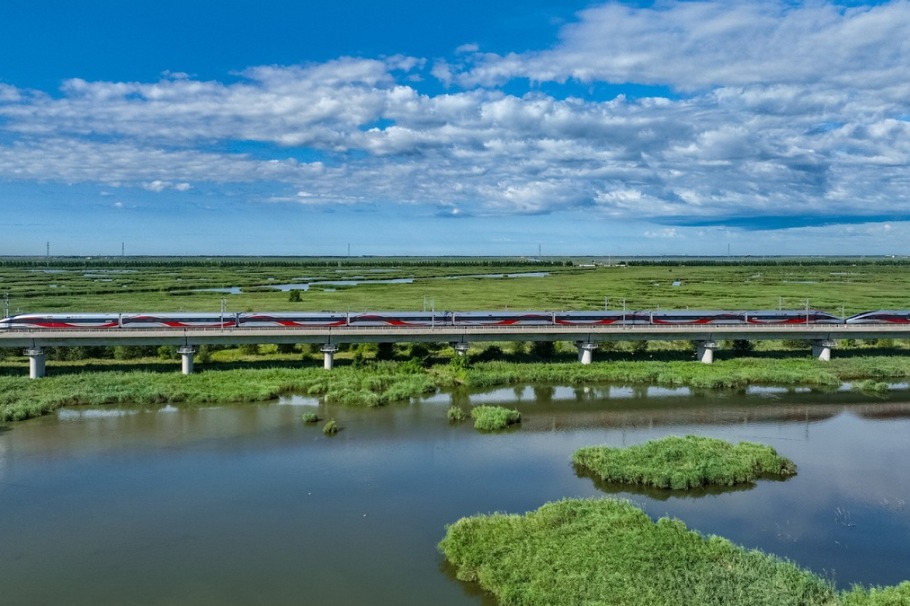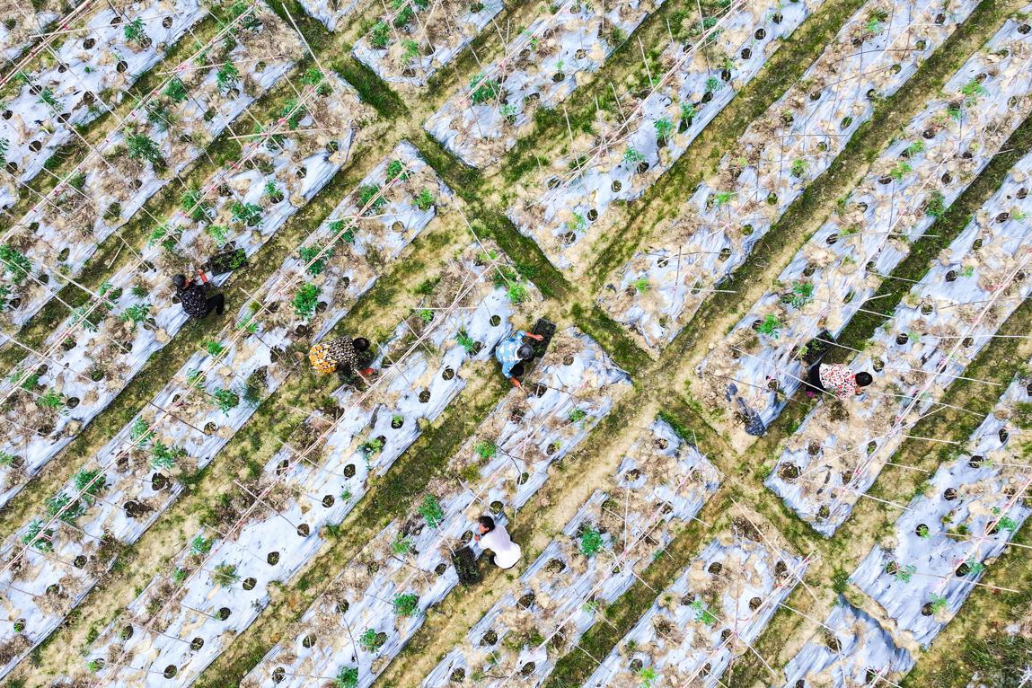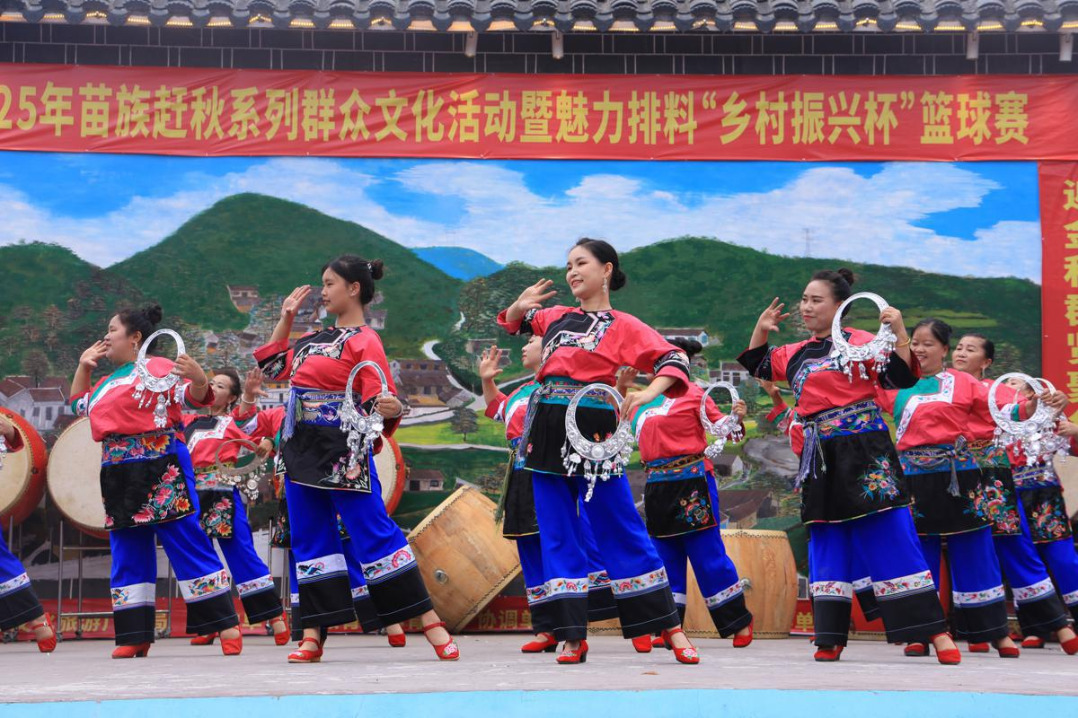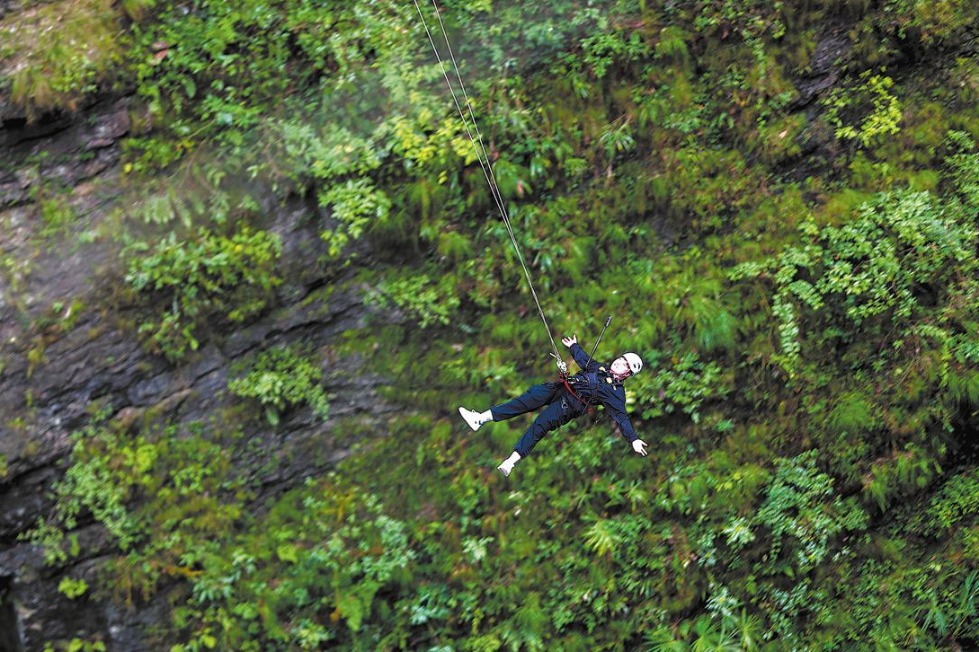Mountain rescue team reaches for peak efficiency
Firefighters strive to keep outdoor enthusiasts out of harm's way


Paying the price
Today, all rescue operations are free, but more than a decade ago firefighting teams sometimes needed the help of a paid local guide to locate a person lost or injured in remote terrain.
This sometimes led to disputes and negotiations over payment of the guide, Li said.
A native of Chuxiong Yi autonomous prefecture, Yunnan province, Li has worked as a firefighter in Beijing's Huairou district since 2008.
"But in my earliest days as a mountain search and rescuer, I was not familiar with the mountain environment and relied on local guides to find routes for search and rescue operations," he said.
Paying for a local guide could be a complicated issue, and payment disputes between the rescue team and the person needing rescue sometimes arose.
Li said when a tourist or hiker was trapped and told that a paid guide was needed to locate them, they usually agreed to the arrangement.
However, Li said since 2010 he has been able to find the mountain routes independently to conduct rescues and searches. "In the area within the jurisdiction of my squad, I have climbed almost every mountain," he said.
For firefighters, saving people's lives is their top priority. But the opposite side of the coin is a feeling of powerlessness when a rescue is unsuccessful. "If you can't save a life, you'll definitely feel disappointed," Li said.
In mountainous areas with scattered stones and rocks, the chances of accidents occurring are almost inevitable.
"Stones on a mountain are exposed to the sun every day, making them loose in summer when the sunlight is most intense," said Wang. "The constant exposure also contributes to weathering. When climbing a mountain, a hiker may suddenly step on a stone, fall down a slope, stand up, and take a few steps with fractured bones.
"If there are no trees or other barriers blocking the way, the fall may continue for dozens of meters," he said.
Other dangerous situations include when fallen leaves cover the ground in autumn and a hiker slips or steps on weathered stones and injures an ankle, he said.
- Federation for humanoid robot sports launches at World Humanoid Robot Games
- Robot skillsets take center stage at Beijing games
- China's northernmost high-speed railway marks its 10th anniversary
- Death toll rises to 10 in Inner Mongolia flash flood
- Nyingchi thrives with booming tourism and trade
- Space station crew gains AI assistant





































